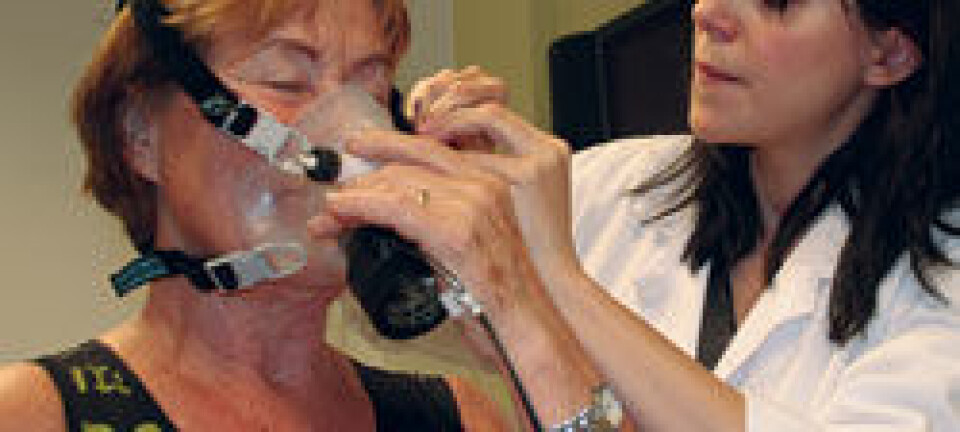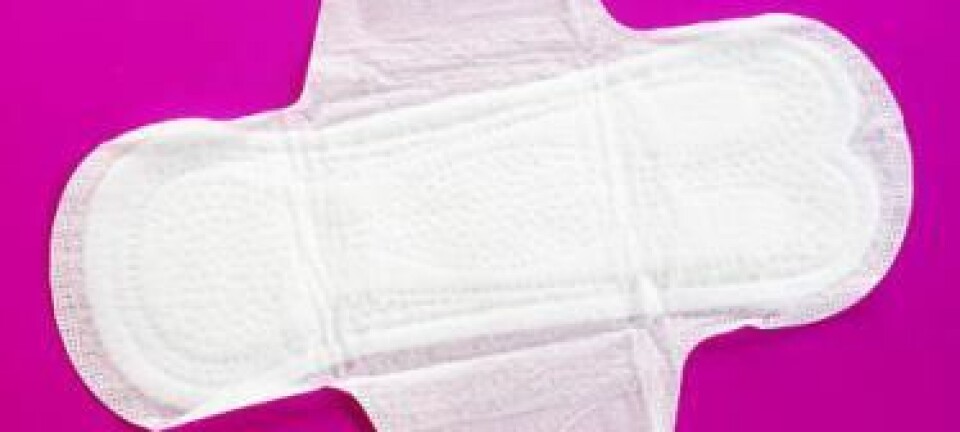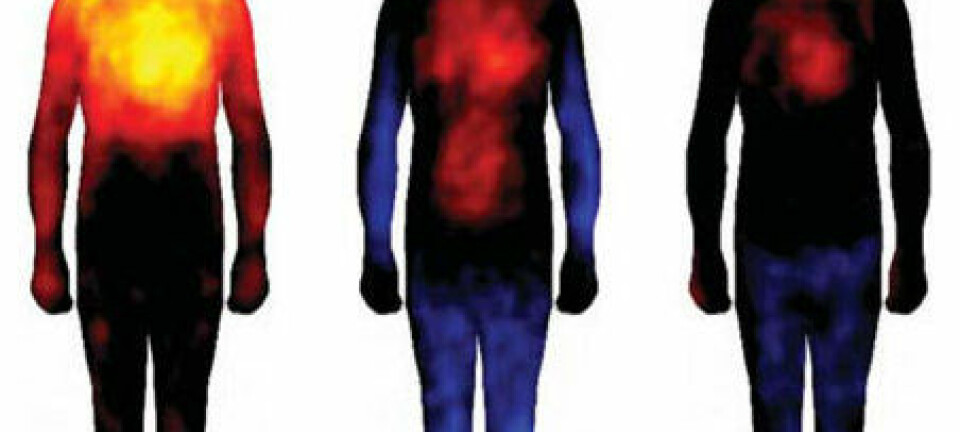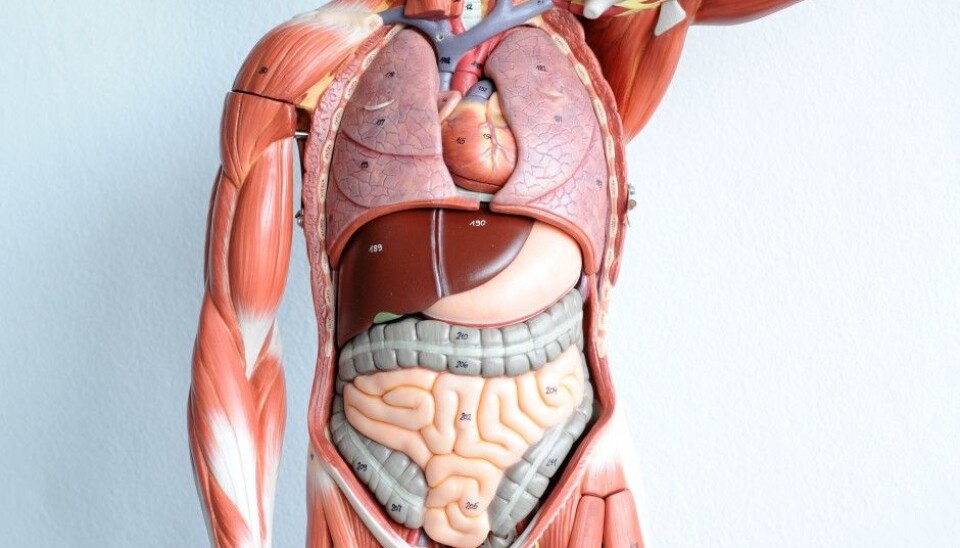
How different are we on the inside?
We vary quite a lot on the inside and that can be a blessing. For instance, if you have a large liver you can save more than one life.
Denne artikkelen er over ti år gammel og kan inneholde utdatert informasjon.
How significant are the individual differences inside us? We have different noses and the size and colour of our eyes vary. But do our intestines, kidneys, hearts and livers look alike? Or do their sizes, weight and colours differ from one person to another?
We asked Inge Morild, a pathologist and professor at the University of Bergen.
Different on the inside
“Internal differences are just as big as external ones, both in shape and size. There are also a variety of colours,” says Morild.
Most of us have the same basic “gear” and everything is placed in the same internal spots. But already at birth this body equipment differs individually.
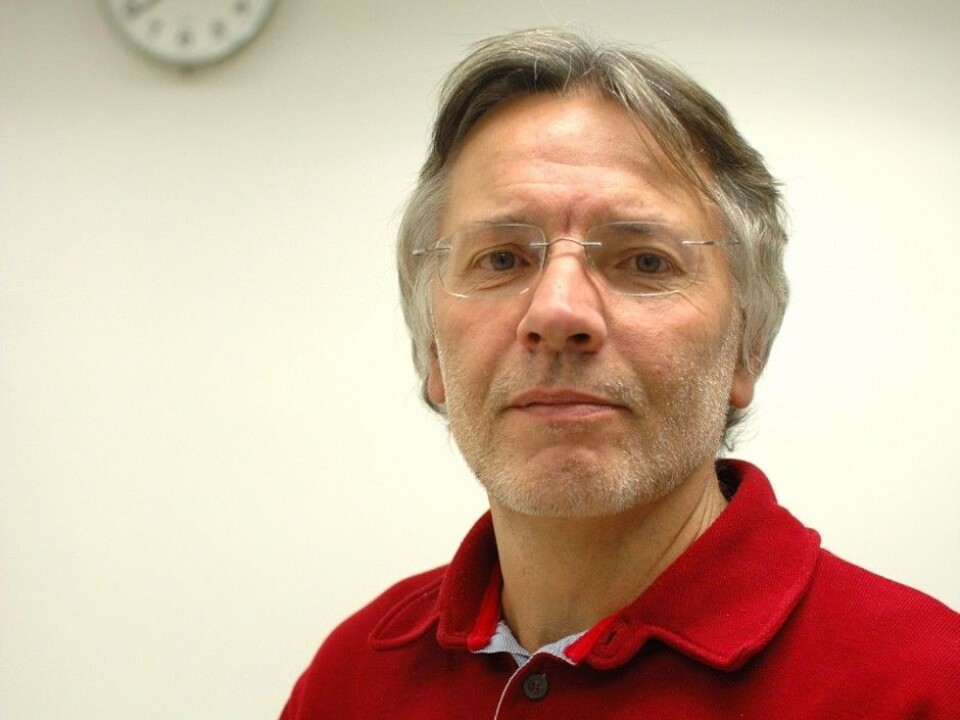
The size, shape and colour of internal organs can vary.
Twice the size
Consider two new-born boys crying out as they take their first breaths. They both might weigh 3,500 grams. Their inner organs are probably the same size too.
These tiny bodies will become adults with much greater differences on the inside as well as they outside.
“If one grows up to be a skinny 60 kilo wimp and the other becomes a 120 kilo bruiser, their inner organs will grow correspondingly,” explains Morild.
A large heart
“The big man can have a heart that is twice the size of the smaller guy,” he continues.
Several of our organs are adapted to the size of our bodies in this way. The brain is the organ that is most alike in all of us.
“Female brains are a little smaller than men’s. Perhaps this is because men are bigger. But conditions inside the brains are identical,” says Morild.
The male human brain weighs an average of 1,450 grams and women’s brains average 1,300 grams.
But our brains are essentially the same drab colour.
Colours on the inside
It’s a light grey.
“But they can have different amounts of blood, which can give a slightly red tinge,” says the forensic expert Morild.
Contrary to all romantic drawings, our hearts are brown. Or yellow and brown, as the heart muscle is cloaked in some fatty tissue. Obese people have yellower hearts than the ones found in active athletes.
Our lungs start out pink. As we age that colour changes due to the pollution we expose them to. Lungs can thus become rather speckled with black stripes and dots. Or almost totally black – as in the frightening images now displayed on cigarette packs.
Blood type and malaria
Everyone normally has some four to six litres of blood surging through their bodies.
Blood comes in various groups or types. We don’t encounter any differences in our everyday life but a study reported on this website earlier found that among types A, B, AB and O, O has its advantages.
People with this type are better protected against malaria.
The choices we take in life can also have an impact on our appearance – exterior and interior.
Larger heart from drugs and alcohol
Muscles grow with exercise and training. The principle of bodybuilding also applies to that important muscle we call the heart. It too can grow if we exercise extensively.
When we are working out the heart has to rush blood faster throughout our body. It can pump about 25 litres per minute, instead of the five litres that pass through it per minute normally. When consistently forced to perform at enhanced levels, the heart grows larger to increase its capacity.
Morild points out that another way to make the heart get larger is to engage in long-term substance abuse.
But this is not a good strategy. A heart that swells up because of drugs and alcohol is a weaker pump.
Size counts
Medical science is still learning how our organs function together. For instance it has been found that women who have had hysterectomies run twice the risk of developing heart problems as women with their uteruses intact.
Every year, over 5,000 women among Norway’s total population of five million have to have this surgery.
In many ways the size and appearance of our internal organs – and their mutual effects on one another – is probably more significant than we know to date.
One thing for certain is that organ size can be meaningful after you take your last breath.
Sharing a liver
When you no longer have any use for any of your organs there are many others who do. When it comes to transplants, size and how well you have treated your innards become salient issues.
“We try to use organs that are as close in size as possible to the ones they are replacing,” says Dr. Morild.
“Nevertheless, a heart can adapt to a somewhat different body and decrease or increase in size,” he adds.
So doctors have some leeway when looking for organs to match recipients.
Moreover, a large liver can be divided and transplanted to two persons. The professor explains that they each get an undersized liver which eventually grows to fit.
-----------------------------------------------------
Read the Norwegian version of this article at forskning.no
Translated by: Glenn Ostling







